In the world of architecture and design, wall cladding has emerged as a popular and versatile option for enhancing the aesthetics and functionality of buildings. Wall cladding involves covering the exterior or interior walls of a structure with a protective and decorative layer, which can transform the appearance of a building while providing several functional advantages. This blog post aims to shed light on the concept of wall cladding, its different types, and the benefits it offers.
Post your Requirement
Wall cladding is the process of adding an additional layer of material to the exterior walls or interior walls of a building. This layer can be made from a wide range of materials, each with its own unique properties and visual appeal. The primary purpose of wall cladding is to protect the underlying structure from various environmental factors while providing an improved appearance.
While wall cladding is known to enhance the look of your building, it actually offers much more. Apart from making your home visually appealing, the wall cladding also offers thermal insulation as well as protection against extreme weather conditions. With the growing demand for wall claddings, they are now available in a number of materials, dimensions, and dimensions. Starting from normal wooden claddings to 3D wall claddings, you can find a wide variety of wall cladding types.
Types of Wall Cladding:
-
Stone Cladding:
Stone cladding offers a timeless and elegant appearance. It involves using natural stones like granite, limestone, or sandstone, cut into thin slabs and attached to the walls. Stone cladding provides excellent weather resistance, durability, and a luxurious finish, making it a preferred choice for upscale projects.
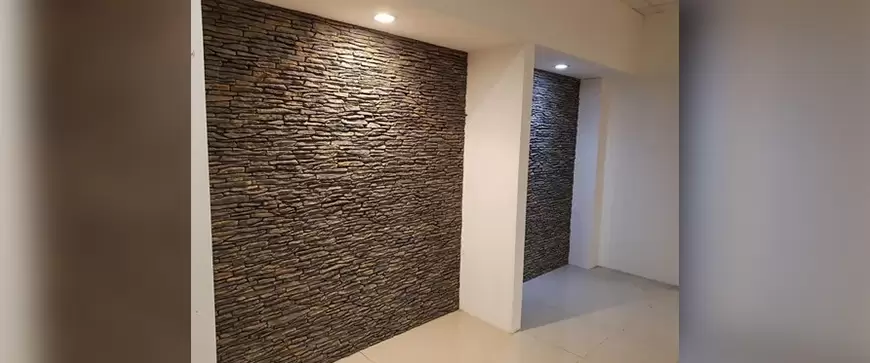
-
Brick Cladding:
Brick cladding provides a classic and sturdy look to buildings. It involves using thin bricks or brick slips adhered to the walls, offering the charm of traditional brickwork with reduced weight and cost. Brick cladding is commonly used in both residential and commercial applications.
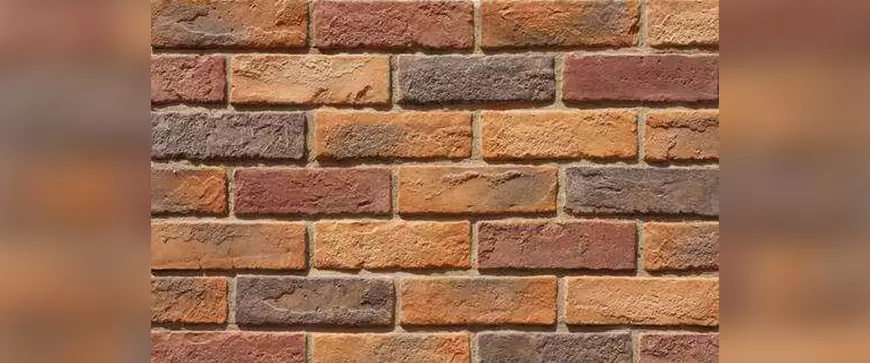
-
Vinyl Cladding:
Vinyl cladding is a cost-effective option with low maintenance requirements. It comes in various colors and styles, including wood-like finishes, making it popular for residential buildings. Vinyl cladding is one of the common wall cladding types. Owning to the low cost and adequate protection that this cladding offers, it finds use in a majority of homes. Vinyl cladding is the plastic claddings that are usually used for exterior walls. When you are looking for a cladding option for decorative purposes or waterproofing, vinyl cladding is the best option. It also proves to be beneficial for small apartments.
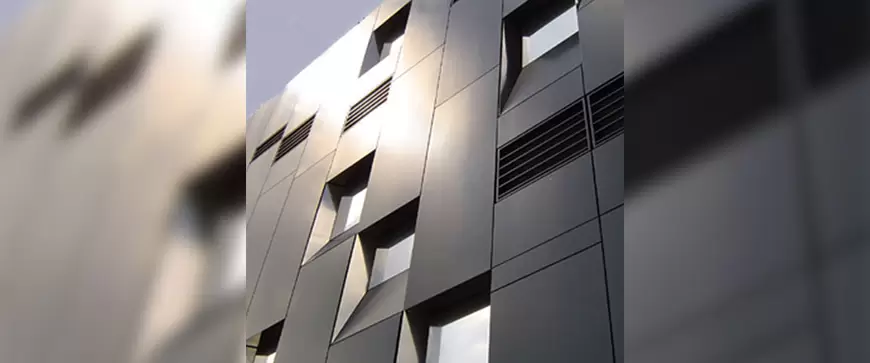
-
Fiber Cement Cladding:
Fiber cement cladding combines cement, cellulose fibers, and sand, providing a robust and fire-resistant material. It can mimic the appearance of wood, stone, or brick while offering enhanced durability and weather resistance.
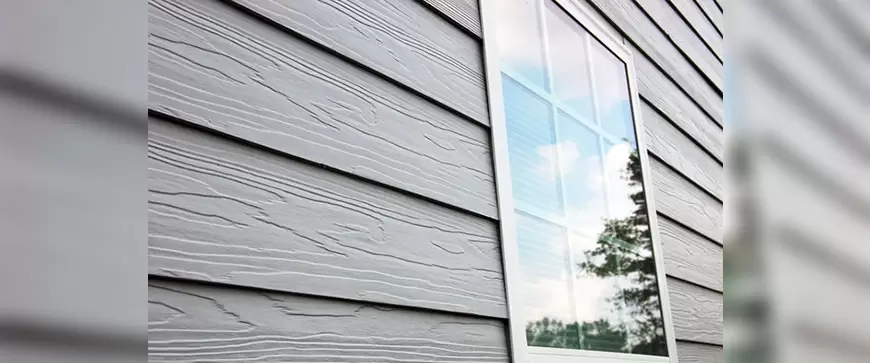
-
Wooden Cladding:
Wooden cladding, also known as timber cladding or wood cladding, involves using natural wood materials to cover the exterior or interior walls of a building. It adds a warm and organic aesthetic to the structure, creating a connection with nature. Wooden cladding can be achieved through various techniques, such as using wooden boards, panels, shingles, or shakes. It is commonly used in both residential and commercial projects and offers excellent insulation properties. However, proper maintenance is required to ensure its durability and protection from weathering and decay.
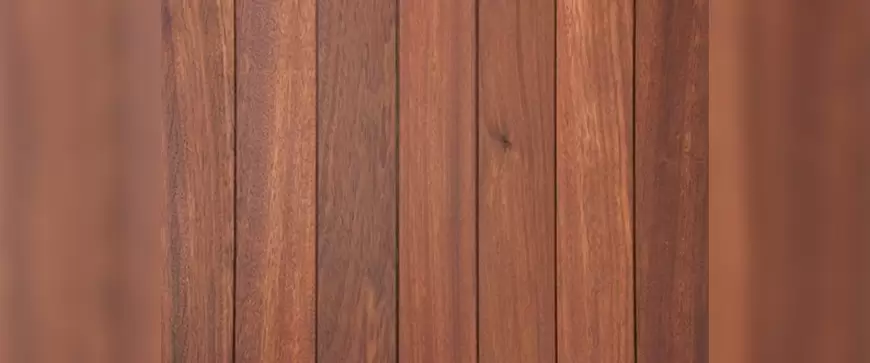
-
Stainless Steel Cladding:
Stainless steel cladding entails covering the surface of walls with stainless steel sheets or panels. Stainless steel is a corrosion-resistant and durable material, making it suitable for both interior and exterior applications. It is commonly used in commercial and industrial buildings, as well as modern architectural designs, due to its sleek and contemporary appearance. Stainless steel cladding offers excellent resistance to weather, fire, and chemicals, making it a preferred choice in areas with high exposure to these elements.
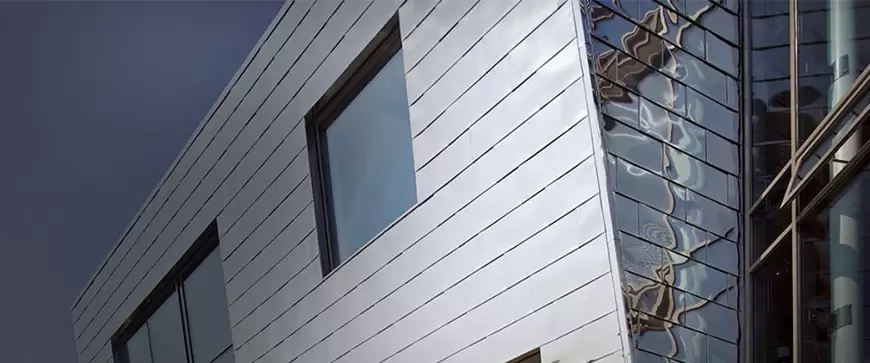
-
Aluminium Cladding:
Aluminium cladding involves using aluminium sheets or panels to cover the walls of a building. Aluminium is a lightweight and corrosion-resistant material, making it easy to work with and suitable for various architectural styles. Aluminium cladding is often used in modern construction, including commercial buildings and high-rise structures. It offers good thermal and acoustic insulation properties, and its recyclability contributes to sustainable construction practices.
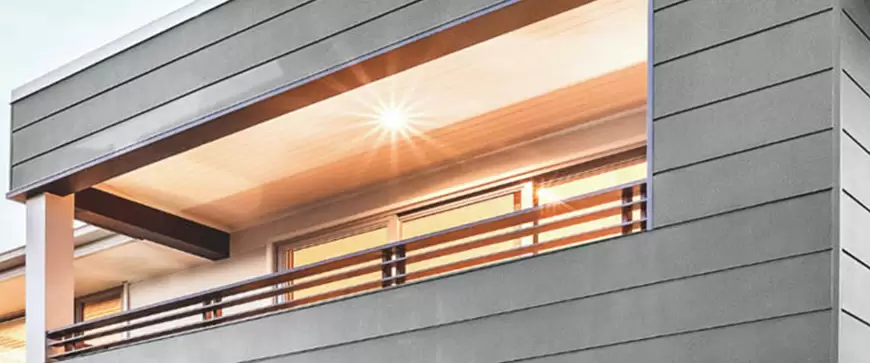
-
Laminate Cladding:
Laminate cladding refers to the use of laminated sheets to cover walls. Laminates are typically made from multiple layers of materials, including decorative paper, resin, and melamine. The laminates can mimic the appearance of various textures, including wood, stone, or other finishes, providing a cost-effective alternative to natural materials. Laminate cladding is commonly used in interior applications, such as wall panels, cabinetry, and furniture. It offers a wide range of colors and patterns, making it a versatile option for interior design projects.
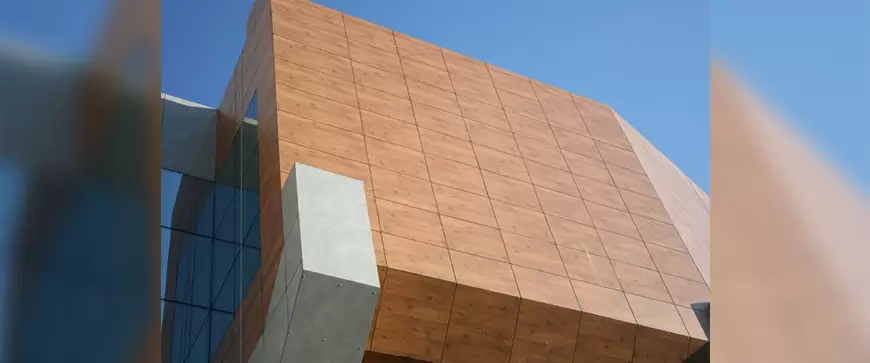
Benefits of Wall Cladding
-
Enhanced Aesthetics:
Wall cladding can significantly improve the visual appeal of a building by adding texture, color, and patterns. It allows architects and designers to create unique and striking facades that reflect the building’s purpose and style.
-
Protection from Weather and Moisture:
Wall cladding acts as a protective shield, safeguarding the underlying structure from rain, wind, UV radiation, and other environmental elements. This protection helps extend the lifespan of the building and reduce maintenance requirements.
-
Improved Insulation:
Certain types of cladding, such as insulated metal panels or foam-backed vinyl, can enhance a building’s insulation, resulting in better energy efficiency and reduced heating and cooling costs.
-
Sound Insulation:
Wall cladding can contribute to sound insulation, creating a quieter and more comfortable indoor environment, especially in areas with high noise pollution.
-
Increased Property Value:
Aesthetically pleasing and well-maintained cladding can enhance a building’s value, making it a wise investment for property owners.
Conclusion
Wall cladding is a versatile and beneficial architectural solution that offers both aesthetic and functional advantages. From natural materials like wood and stone to modern options like metal and vinyl, the choice of cladding material can significantly impact the overall appearance and performance of a building. By considering the specific requirements of a project, architects and designers can leverage the various types of wall cladding to create stunning and resilient structures that stand the test of time. Each type of cladding mentioned above offers unique characteristics and advantages, catering to different architectural styles, preferences, and project requirements. Whether it’s the natural appeal of wooden cladding, the modern look of stainless steel and aluminium cladding, or the versatility of laminate cladding, the choice of cladding material plays a significant role in defining the aesthetics and functionality of a building.

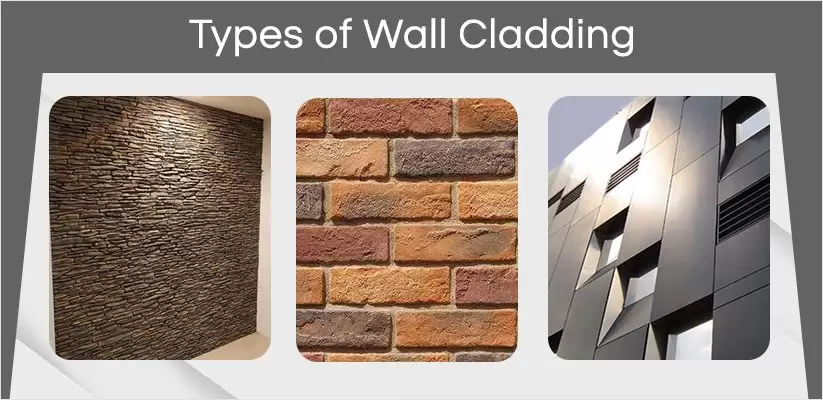
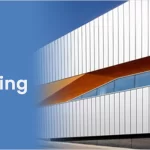
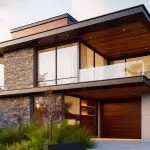
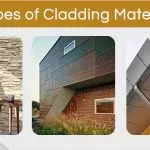
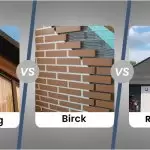

















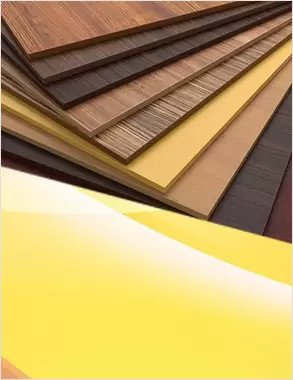
Post A Comment